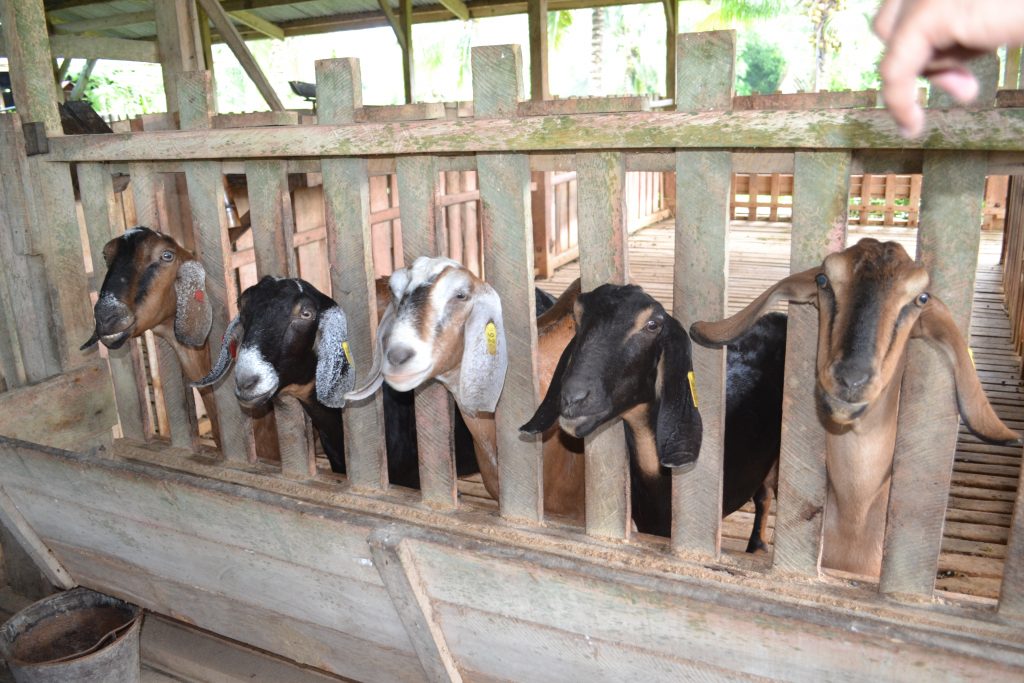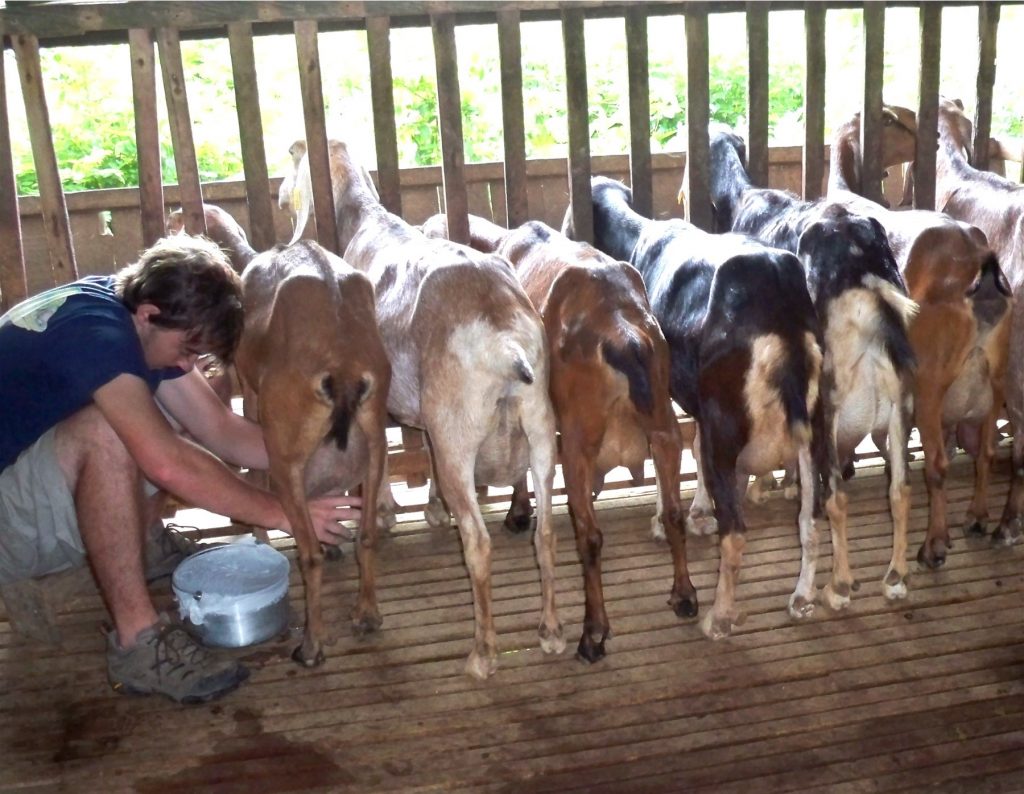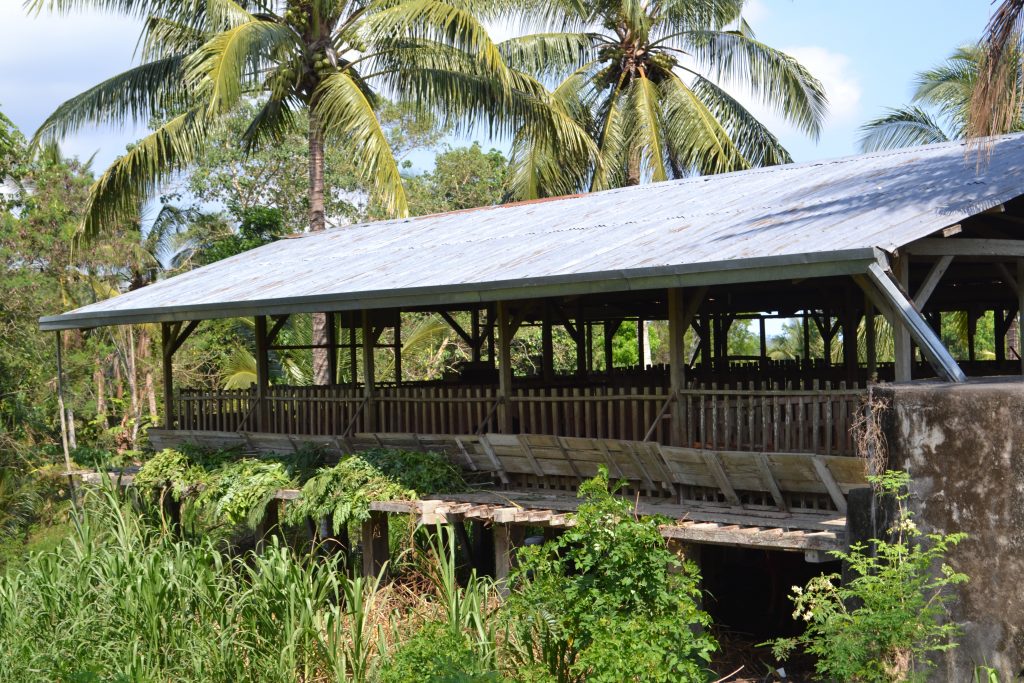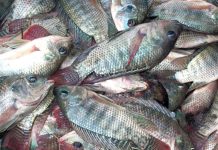
Geographically, the Philippines is an upland country because 60% of its 30 million hectares are classified as such. The uplands are rolling to steep areas where both agriculture and forestry are practiced on slopes ranging 18% upward, according to the Department of Environment and Natural Resources (DENR).
Uplanders – which comprised about 30% of the country’s total population with almost half of them living within forests – are often referred to as the “poorest of the poor” in the Philippine society since they survive below the poverty line.
Upland inhabitants are primarily poor farming families with an insecure land tenure. Most of those who are engaged in farming belong to “the least educated, least paid, least healthy, least hopeful, and most neglected (in terms of) agricultural development of all people in the Philippines.”
In addition, the diets of these uplanders are found to be inadequate, both in quantity and quality. Based on the studies done in Palawan, second and third degree of malnutrition ranging from 41%-47% is prevalent among the upland population.
“Mental development is affected as a result of the lack of protein and balance in the diet of people in the uplands,” wrote journalist Joel D. Adriano, quoting an Education for All report of the Department of Education. “Among children, this causes lower IQs, poor school attendance and shorter attention spans. They are prone to repeat grades, drop out of school or underperform.”
Harold R. Watson, the former director of the Davao-based Mindanao Baptist Rural Life Center (MBRLC) and recipient of the 1985 Ramon Magsaysay Award for peace and international understanding, knew this fact.

So, a year after he received the prestigious Nobel Prize of Asia for encouraging international utilization of Sloping Agricultural Land Technology (SALT) throughout the world, he contemplated of coming up a farming system that will not only address soil erosion but also the malnutrition problem in the uplands.
After talking with a lot of experts and getting ideas from upland farmers, Watson came up with Simple Agro-Livestock Technology (SALT 2) in 1987. It is classified under the agro-silvipasture type of agroforestry in the sense that it integrates fuelwood production, agricultural crops, livestock, and forage.
The docile goats can provide the much-needed milk for the farm family, aside from the goat meat (chevon), which is a good source of protein. “With this, the malnutrition problem can be minimized if not solved,” Adang says.
Under this farming scheme, 40% the farm’s land is devoted to agricultural crops (like citrus, black pepper, beans, and corn), 40% to livestock (particularly goats), and 20% to forestry (mostly fruit trees and various nitrogen fixing trees and shrubs).
The forage garden is established 6-8 months before the goats are brought in. Only palatable, high in protein, fast-coppicing and high-yielding forage crops are recommended. A suggested composition of forage crops is 55% Desmodium rensonii, 20% Flemingia macrophylla, 20% Gliricidia sepium, and 5% Leucaena leucocephala.
“Our model farm is only one-half hectare,” says Adang. Instead of raising cattle, the common source of milk in the country that requires a land area of one hectare per animal, MBRLC recommends goats.
“Although a goat is small, she can produce as much as four liters of milk every day if she is purebred and is given a ration that could meet all of her nutritional requirements,” Adang says.
The goat shed is built at the middle of the farm; it is located between the crop area and the forage. Each animal is provided with two square meters. Milking is done every morning at late afternoon.
Adang says SALT 2 is designed for 12 does and one buck. The buck is separated from the does so that when it is time to milk the does, the milk won’t “catch” the “goaty smell” of the buck. During breeding, a doe is brought to the buck’s cottage. The manure is utilized as organic fertilizer, both for the forage and the crops.
In the Philippines, liquid milk comes from cattle, carabaos and goats. In 2012, 53% of the country’s milk valued at P191 million came from cattle, according to Dr. Cesar C. Sevilla, former professor of animal science at the University of the Philippines at Los Baños.
Carabao contributed 43% of the country’s total milk production, with a worth value of P151 million. Goats’ contribution was a measly 4% with a worth value of P14 million.
Among the three livestock, it is still more profitable to raise goats. A press release from the Department of Science and Technology (DOST) quoted Dr. Emilio M. Cruz of the Central Luzon State University saying that goat dairying gives more opportunity to make money from the daily milk collected from the animals or the sale of animals either for breeding or slaughter.
For an initial capital of P40,000, a dairy goat farmer can buy 3 breeder goats and earn P223,440 for seven lactations in 5 years, according to Dr. Cruz. If a farmer, however, buys either cattle or carabao for the same amount, he ends up earning only P200,000 for the same period.
“If one goat dies, the farmer can still earn income with the remaining two animals while if the farmer loses a head of cattle or carabao, all the investment is lost,” Dr. Cruz was quoted as saying.
The Laguna-based Philippine Council for Agriculture, Aquatic and Natural Resources Research and Development (PCAARRD), a line agency of DOST, are urging Filipino farmers to raise goats in their farms.
“Goats require low initial capital investment, fit the small-hold farm conditions, and multiply fast,” PCAARRD explained. “Culturally, goats are integral to every special occasion such as birthdays, baptisms, weddings, and fiestas. Hence, they command a higher price compared with other meats in the market.”
In Bansalan, Davao del Sur, more and more people are raising goats in their respective farms. Take the case of Benjamin Lao, an integrated farmer whose farm is located in barangay Eman. In the beginning, he had only seven goats.

But he found out there was money in goats, so he opted to increase the number. Today, he has about 170 goats in his farm. “Buyers just come to my farm and select the goats they want to buy,” he said.
Lao uses the goat manure as organic fertilizer. According to the Ohio State University Extension, goat manure is drier than cow manure or horse manure. It has less odor and is easier to work with and spread. It also composts more quickly. More importantly, goat manure is higher in nitrogen than horse and cow manures.
Meanwhile, the Department of Agriculture is collaborating with the MBRLC to help address the challenge of goat industry in augmenting supply of quality breeder goat stocks to meet the increasing demand in local market.
The collaboration has come up with the Goat Breeder Multiplier Farm with the agriculture department funding the project and the MBRLC serving as the farm that breeds the quality breeders.
“We want farmers to be involved in goat raising,” says Emmanuel F. Piñol, the agriculture secretary. “The MBRLC will provide technical training of local farmers and technicians desiring to engage in goat production either dairy or breeder.”
Indeed, there’s now a bright future for dairy goat raising in the country!






